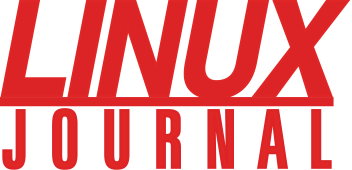Linux's Ascendancy: Charting the Open-Source Surge in the Desktop OS Arena

A Paradigm Shift in Desktop Computing
The landscape of desktop operating systems has witnessed a notable transformation in 2025. Linux, once considered a niche player, has achieved a significant milestone by capturing 4.7% of the global desktop market share. This achievement underscores a growing trend of users seeking alternatives to traditional operating systems.
Tracing the Growth Trajectory
Linux's journey to its current standing has been marked by steady growth:
-
July 2022: 2.76%
-
July 2023: 3.12%
-
July 2024: 4.44%
-
June 2025: 4.7%
This upward trend reflects a combination of technological advancements and shifting user preferences.
Catalysts Behind the Surge
1. Gaming InnovationsThe gaming sector has played a pivotal role in Linux's rising popularity. Valve's Steam Deck, a handheld gaming device running on Linux-based SteamOS, has introduced a new audience to the capabilities of Linux. Additionally, compatibility layers like Proton have enhanced the gaming experience on Linux platforms.
2. Enhanced Hardware SupportModern Linux distributions have significantly improved hardware compatibility, making installation and daily use more seamless for users across various devices.
3. Cost-Effective SolutionsThe open-source nature of Linux offers a free alternative to proprietary operating systems, appealing to both individual users and organizations aiming to reduce software licensing costs.
4. Regional Adoption PatternsCertain regions have exhibited higher adoption rates. In the United States, Linux's desktop market share reached 5.03% in June 2025. In India, the figure stood at 16.21% as of July 2024. These statistics highlight the global appeal and adaptability of Linux.
Addressing Ongoing Challenges
1. Ecosystem FragmentationThe diversity of Linux distributions, while offering flexibility, can lead to inconsistencies in user experience and software compatibility.
Despite progress, some proprietary applications and games remain inaccessible or require complex configurations on Linux systems.
2. Software AvailabilityDespite progress, some proprietary applications and games remain inaccessible or require complex configurations on Linux systems.
Looking Ahead
The momentum suggests that Linux's presence in the desktop market will continue to grow. Initiatives aimed at standardizing application packaging and enhancing user interfaces are expected to further bridge the gap between Linux and its proprietary counterparts.
Conclusion
Linux's ascent to a 4.7% global desktop market share in 2025 marks a significant shift in the computing world. As technological advancements continue and user preferences evolve, Linux is poised to solidify its position as a formidable contender in the desktop operating system arena.







